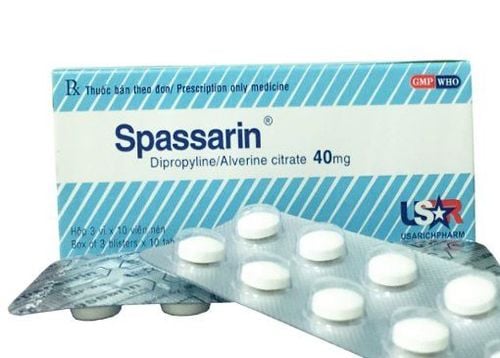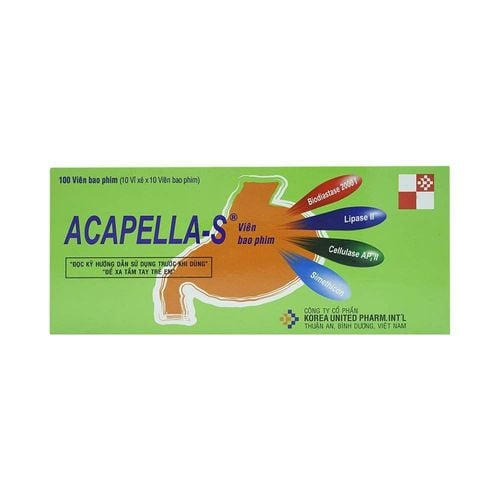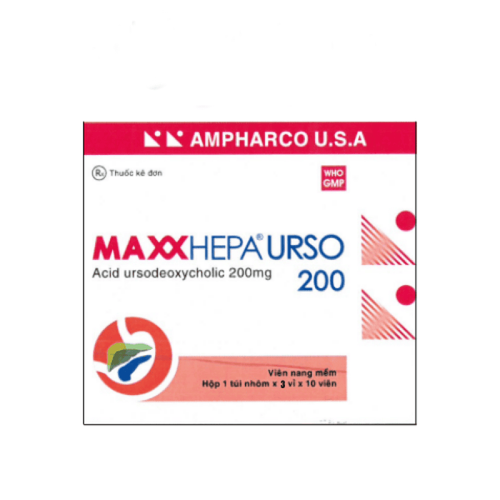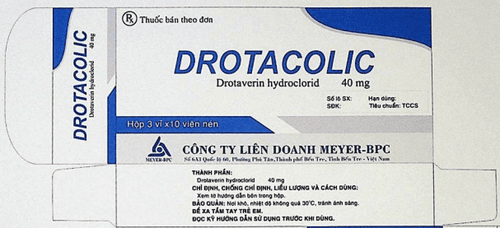This is an automatically translated article.
The article is expertly consulted by a Doctor of Gastrointestinal Endoscopy - Department of Medical Examination & Internal Medicine - Vinmec Da Nang International General Hospital.The physiological functions of the elderly are reduced, the body's resistance is also reduced, and diseases arise accordingly. Abdominal pain is a common symptom in the elderly, the intensity of the pain can range from mild dull ache to severe cramping that requires the patient to go to the emergency room.
1. Abdominal pain in the elderly can be encountered in any cases?
Causes of abdominal pain can be classified into three main groups:Abdominal pain due to inflammation, eg appendicitis, cholecystitis, colitis... Abdominal pain due to straining or dilatation of an organ, such as bowel obstruction due to tumor or volvulus, biliary obstruction due to stones, liver swelling due to inflammation. Abdominal pain due to lack of blood supply, such as ischemic colitis, mesenteric infarction, etc. It is also possible to have abdominal pain without any of the three causes above, such as irritable bowel syndrome.
The following are some common cases of abdominal pain in the elderly:
1.1 Constipation Constipation is a common problem. Patients often forget to have a bowel movement with fewer than three bowel movements a week, or have bowel movements per day with a feeling of difficulty, hard stools, and sometimes lower abdominal pain.

Táo bón là vấn đề thường gặp ở người cao tuổi
1.2. Indigestion Indigestion Indigestion is feeling uncomfortable in the body after eating. It could be an uncomfortable feeling in the upper abdomen or behind the breastbone. It usually occurs after eating a specific food, which can be high in fat and protein. There can also be a feeling of belching a lot and have a sour taste in the mouth and usually appear within a few hours.
For the elderly or people with heart disease, abdominal pain due to indigestion that occurs with exertion or stress will be worrisome. It can sometimes be difficult to distinguish angina or a heart attack from indigestion. If the pain radiates up your jaw or down your left arm, it could be angina. If it goes away quickly, try seeing a doctor, and if it doesn't go away and feels uncomfortable, call 911.
1.3. Gallstones The risk of gallstones increases with age. Therefore, the elderly are the most common subjects for cholecystectomy.
Typical illness will have sudden, severe abdominal pain. The location of the pain is the right lower quadrant or epigastrium to the right, spreading to the right shoulder or back, abdominal pain that makes the patient roll on the bed, or pain that makes the patient not dare to breathe.
In atypical cases, the pain is only dull or severe in the right lower quadrant, or the epigastrium is deviated to the right and spreads to the chest, which is easy to mistake for gastric syndrome.
In case of biliary tract infection, there will be high fever, there may be chills but sometimes only mild fever, fever is often accompanied by pain, sometimes fever is prolonged, especially in elderly people, weakness due to reaction radiation was poor. When the biliary tract is blocked in or outside the liver, there will be jaundice, mucous membranes (tongue, eyes...).
1.4. Intestinal obstruction Intestinal obstruction often occurs in elderly people who have lost teeth, so their chewing power is reduced, people have had gastric bypass surgery or people with chronic pancreatitis ... making the ability to completely digest food is reduced. shot.
In addition, it can be seen in the elderly or constipated, people who eat hard and chewy foods such as beef tendons, rib cartilage but do not chew well or eat fruits such as lychees, apples... but swallow whole seed. If the food is not chewed properly, the fruit seeds, when entering the digestive tract, will form a nucleus so that other indigestible foods have a lot of fiber, the fibers stick to it and clump into many lumps, causing intestinal obstruction.
2. Why is abdominal pain in the elderly difficult to diagnose?
Today, there are many modern diagnostic tools that can help determine the cause of abdominal pain quickly and accurately. However, there are still many difficulties and challenges in accurately diagnosing the cause of abdominal pain in the elderly due to the following reasons:2.1 Atypical symptoms In the abdomen, there are many organs, These organs may be located close to each other, so the symptoms of pain are similar. Therefore, the correct diagnosis requires the physician's examination skills, combined with the understanding and correct use of subclinical diagnostic tools.
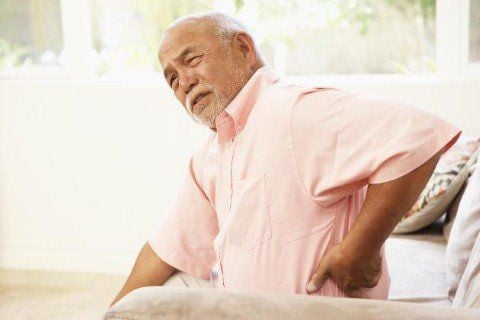
Triệu chứng bệnh không điển hình làm cho bệnh đau bụng ở người cao tuổi khó chẩn đoán
Decreased esophageal motility slows down the movement of food through the digestive tract, leading to the elderly having to chew longer and eat more slowly.
Decrease intestinal motility, reduce gastric secretion, causing decreased absorption of nutrients. Changes in some laboratory values related to digestive system function: Total albumin reflects decreased liver function and nutritional status, ALT enzyme increases with age, blood calcium decreases, blood sugar and potassium increase.
Decreased peristalsis of the colon prevents food from moving through the rest of the digestive tract and out of the body. Increasing the transit time of food particles in the intestine leads to more water reabsorption leading to an increased incidence of constipation in the elderly.
However, it can be seen in the right upper quadrant abdomen because the appendix is located under the liver, pain in the right hip due to the appendix behind the cecum, pain in the lower abdomen because the appendix is located in the pelvis, pain in the middle Abdomen due to long appendix has abnormally displaced tip of appendix and even presents with left abdominal pain because it occurs in patients with visceral inversion...
On the other hand, pain manifests in lower quadrant abdomen right but may not be caused by appendicitis but by cecum, ileitis, cecal diverticulitis, small bowel diverticulitis, mesenteric lymphadenitis, intra-abdominal volvulus, tubal infection eggs...
Elderly patients and corticosteroid users may have little or no abdominal pain with inflammation. The results of blood tests and imaging tests are not always abnormal. The disease can present like another disease: typical appendicitis symptoms can be confused with cecal diverticulitis. The features of abdominal pain can be variable: abdominal pain due to acute pancreatitis is initially localized to the upper umbilicus, but may later spread throughout the abdomen.
Please dial HOTLINE for more information or register for an appointment HERE. Download MyVinmec app to make appointments faster and to manage your bookings easily.






